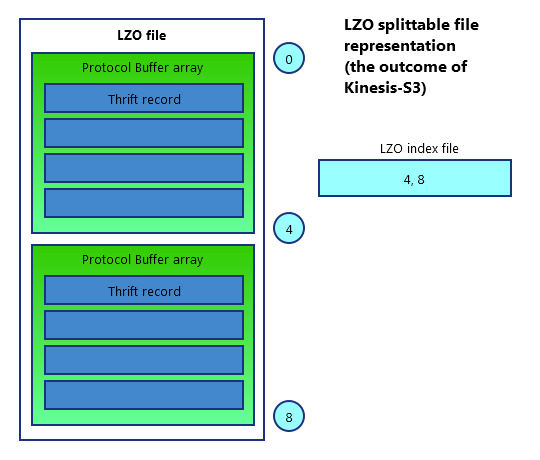Stream Collector
The Stream Collector receives raw Snowplow events sent over HTTP by trackers or webhooks. It serializes them to a Thrift record format, and then writes them to a sink. Currently supported sinks are:
- Amazon Kinesis
- Google PubSub
- Apache Kafka
- RabbitMQ (experimental)
- NSQ
- Amazon SQS
stdoutfor a custom stream collection process
The Stream Collector supports cross-domain Snowplow deployments, setting a user_id (used to identify unique visitors) server side to reliably identify the same user across domains.
How it works
User identification
The Stream Collector allows the use of a third-party cookie, making user tracking across domains possible.
In a nutshell: the Stream Collector receives events from a tracker, sets/updates a third-party user tracking cookie, and returns the pixel to the client. The ID in this third-party user tracking cookie is stored in the network_userid field in Snowplow events.
In pseudocode terms:
if (request contains an "sp" cookie) {
Record that cookie as the user identifier
Set that cookie with a now+1 year cookie expiry
Add the headers and payload to the output array
} else {
Set the "sp" cookie with a now+1 year cookie expiry
Add the headers and payload to the output array
}
Collector stream formats
The Stream collector produces streams of Snowplow events (records). The data (payload) is serialized by utilizing Apache Thrift framefork.
Binary serialization allows for:
- simpler data structure
- smaller size
- faster transfer
- easier (programmatical) parsing
The Snowplow Thrift raw event format conforms to this Thrift schema. For easier perception, the structure of the collector payload is depicted below.
struct CollectorPayload {
31337: string schema
// Required fields which are intrinsic properties of HTTP
100: string ipAddress
// Required fields which are Snowplow-specific
200: i64 timestamp
210: string encoding
220: string collector
// Optional fields which are intrinsic properties of HTTP
300: optional string userAgent
310: optional string refererUri
320: optional string path
330: optional string querystring
340: optional string body
350: optional list<string> headers
360: optional string contentType
// Optional fields which are Snowplow-specific
400: optional string hostname
410: optional string networkUserId
}
Beyond the collector
The raw event stream generated by the collector is typically processed by two downstream consumers:
- Enrich reads thrift-serialized payloads from the raw stream and writes the enriched Snowplow event to another stream.
- Snowplow S3 Loader (AWS only) reads thrift-serialized payloads from the raw stream, encodes and wraps them into Thrift by means of ElephantBird library, compresses the data using splittable LZO or GZIP , and writes them to S3
The output of Snowplow S3 Loader is a projection of raw event data (serialized Thrift records, not enriched) in the form of a compressed LZO file.
Each .lzo file has a corresponding .lzo.index file containing the byte offsets for the LZO blocks, so that the blocks can be processed in parallel using Spark.
Generally, the LZO file generated by Snowplow S3 Loader could be depicted as an "onion-like" layered object as shown below.

Technical architecture
The Stream Collector is written in scala and built on top of http4s.